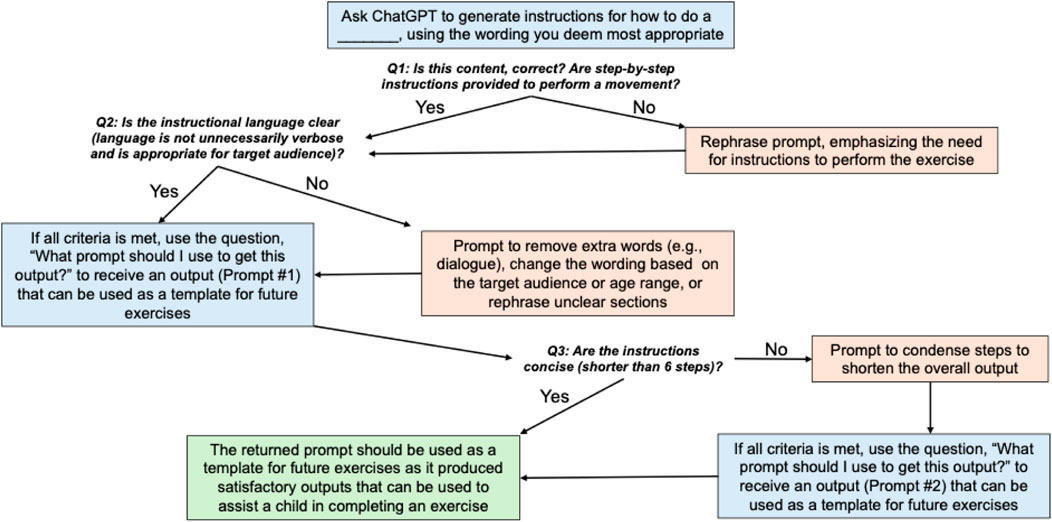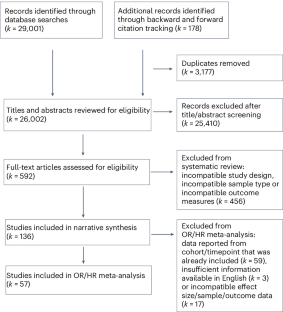2025-04-10 ミシガン大学
<関連情報>
- https://news.umich.edu/hello-chatgpt-please-generate-exercise-prompt-for-neurodivergent-child/
- https://www.frontiersin.org/journals/physiology/articles/10.3389/fphys.2024.1496114/full
神経障害児のための家庭での身体活動の強化:AIとユニバーサルデザインによるInPACT at Homeプログラムの適応
Enhancing home-based physical activity for neurodivergent children: adapting the InPACT at Home program with AI and universal design
Tania Sapre,Haylie L. Miller,Anna Schwartz,Leah R. Ketcheson,Alanna Price,Kerry Winkelseth,Jeanne M. Barcelona,Ronald F. Zernicke,,Rebecca E. Hasson
Frontiers in Physiology Published:07 January 2025
DOI:https://doi.org/10.3389/fphys.2024.1496114

Purpose: While it is common practice for schools across the United States to include neurodivergent children in physical education classes, many programs outside of school—such as those at home or in the community—are not effectively tailored to meet their support needs. This gap contributes to lower levels of physical activity among neurodivergent children. Our objective was to address this issue by systematically adapting the InPACT (Interrupting Prolonged sitting with ACTivity) at Home program to enable neurodivergent children to safely engage in physical activity at home.
Methods: The rapid-cycle research adaptation process involved several key steps: (1) sorting and grouping video content based on different types of skills and exercises (problem exploration); (2) assembling an expert team to guide the development of the instructions (knowledge exploration); and (3) using generative artificial intelligence (AI) to create concise instructions and cue words for each skill/exercise (solution development). These outputs were then fine-tuned by the expert team. The refinements were guided by the Universal Design for Learning (UDL) principle of “Representation,” which acknowledges that learners perceive and understand information in diverse ways.
Results: From the 132 InPACT at Home videos, over 500 activities were identified and categorized into main skill groups: jumping, core, lateral, sport, upper body, lower body, and compound movements. Expert meetings emphasized the importance of the “Three C’s”—consistency, conciseness, and clarity—in crafting instructions, along with the use of simple, elementary sight words. AI was employed to generate and refine prompts like “Provide simplified step-by-step instructions for a jumping jack, suitable for a neurodivergent child” and “Condense the step-by-step instructions for a jumping jack, suitable for a neurodivergent child”.
Discussion: The adaptation of the existing InPACT at Home program was guided by dissemination and implementation science frameworks, aiming to increase equitable access to structured youth physical activity opportunities for neurodivergent children. By incorporating AI and UDL principles, we aim to further enhance the program’s accessibility. Our next steps include evaluating the effectiveness of our program adaptations in encouraging participation in the InPACT at Home program and subsequently increasing physical activity levels among neurodivergent children.


